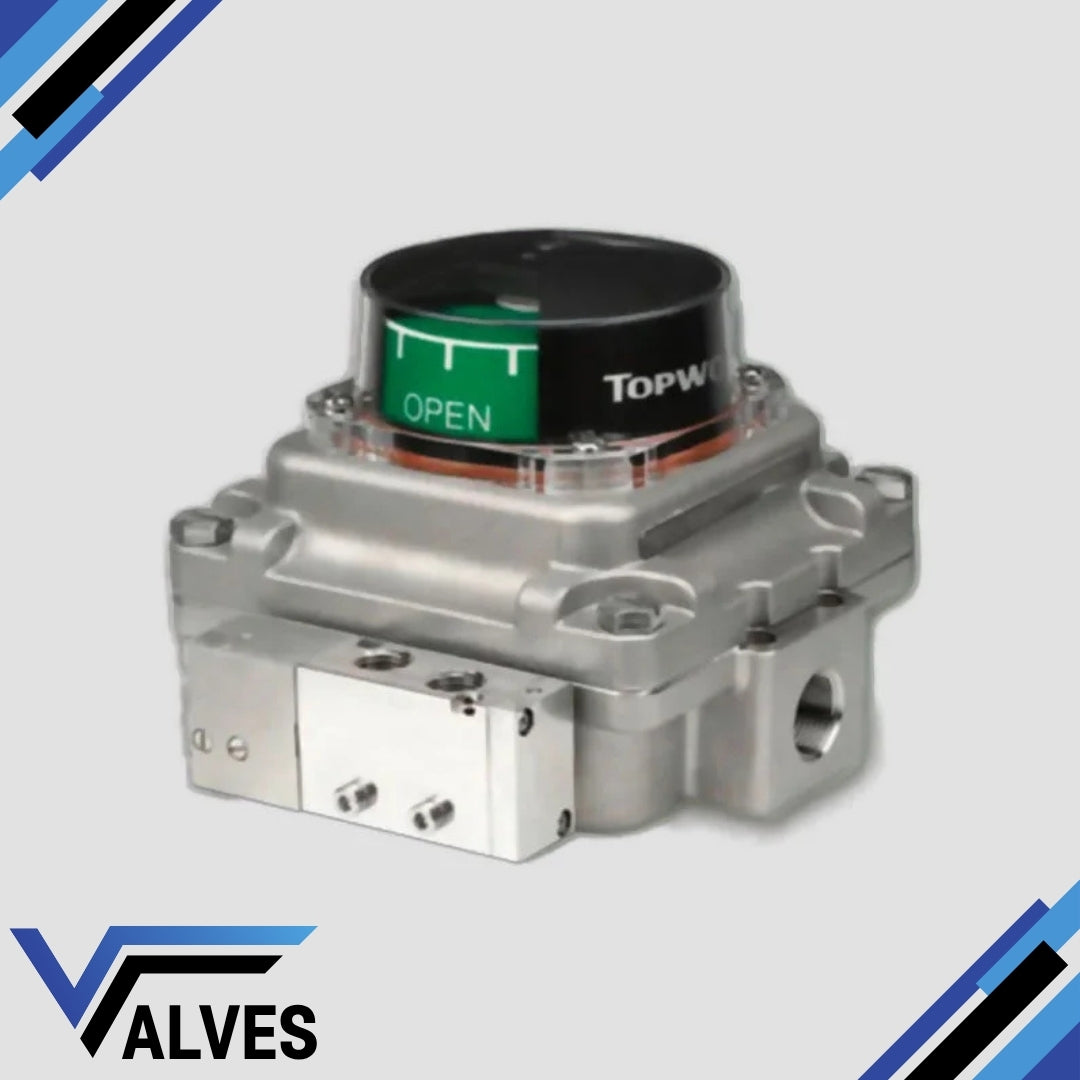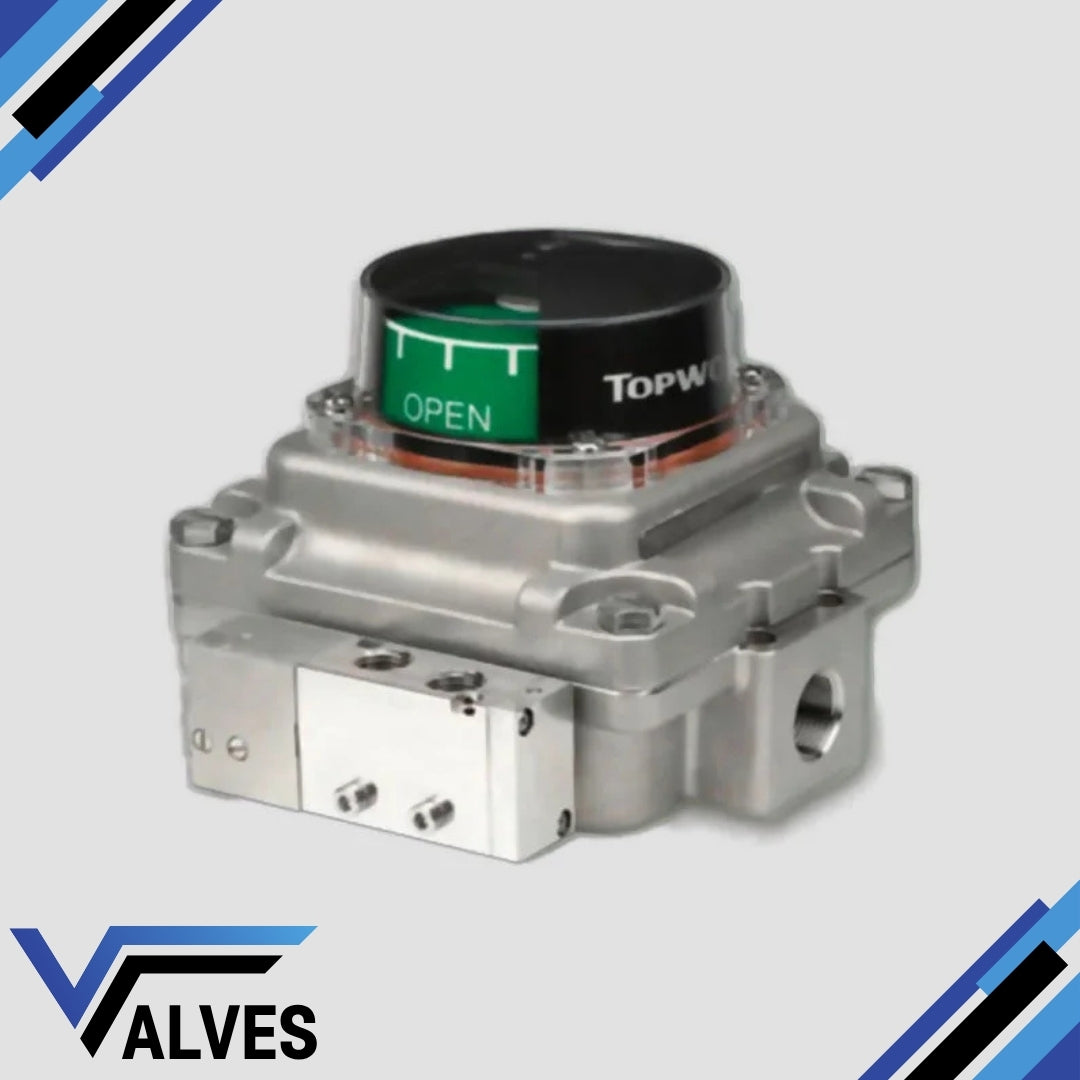Topworx Switchboxes
TopWorx Limit Switch Box TXS-AS1GLMM168006611 Valve Monitor
TopWorx Limit Switch Box TXS-AS1GLMM168006611 Valve Monitor
Couldn't load pickup availability
The TXS Valve Monitor is built for durability and precision, capable of providing reliable position feedback for automated valves. Its rugged construction ensures optimal performance in extreme environments, including hazardous areas, due to its extensive global certifications for safety. This model is also equipped with GO™ Switch technology, which allows it to operate efficiently without consuming power when the switch is engaged, making it highly energy-efficient.
Key Features:
- Durability: The TXS series is designed with a robust enclosure, protecting internal components in harsh environments, including corrosive atmospheres.
- Global Certifications: This unit is certified for use in explosive and non-explosive areas, complying with international safety standards.
- Energy Efficiency: Utilising GO™ Switch technology, it requires no power to operate the switches, ensuring long-lasting performance without power drain.
- Versatility: This unit supports a range of sensors and bus networks, offering flexibility for integration into various valve automation systems.
- Extreme Temperature Range: Capable of operating in temperatures from -40°C to 85°C, making it ideal for extreme industrial environments.
Additional Information:
The TXS Valve Monitor is designed for easy installation and maintenance, reducing downtime in operational processes. It features customisable target cams for precise switching, ensuring reliable feedback in both standard and reverse-acting applications. This flexibility, combined with its advanced sensor technology, makes it an ideal choice for operations requiring high precision and safety.
Share

FAQ's
What is the difference between a valve and an actuator?
What types of actuators are available?
The main types of actuators are:
Pneumatic actuators – use compressed air for fast, reliable operation.
Electric actuators – use electrical power for precise control.
Hydraulic actuators – use fluid pressure for high-torque applications.
Each type offers unique advantages depending on the environment, media, and system control needs.
How do I choose the right actuator for my valve?
To select the correct actuator, consider:
Valve type and torque requirement
Power source available (air, electric, or hydraulic)
Operating environment (temperature, humidity, hazardous area)
Control signal type (on/off or modulating)
Matching actuator torque and compatibility with the valve’s ISO mounting ensures reliable performance.
What are the main types of valves used in automation?
The most common valves in automated systems include:
Ball valves – for tight shutoff and quick operation.
Butterfly valves – for larger flow control with compact design.
Globe valves – for precise throttling and flow regulation.
Check valves – to prevent backflow.
Gate valves – for full bore flow isolation.
What’s the difference between a double-acting and spring-return actuator?
Double-acting actuators use air (or power) to both open and close the valve.
Spring-return actuators use air to open (or close) the valve, and a built-in spring to automatically return it to a safe position when power or air is lost — ideal for fail-safe operation.
How often should valves and actuators be serviced?
Regular maintenance intervals depend on operating conditions, but a good rule of thumb is to inspect every 6–12 months.
This includes checking for leaks, lubrication, seal wear, and actuator responsiveness to prevent unexpected downtime.

